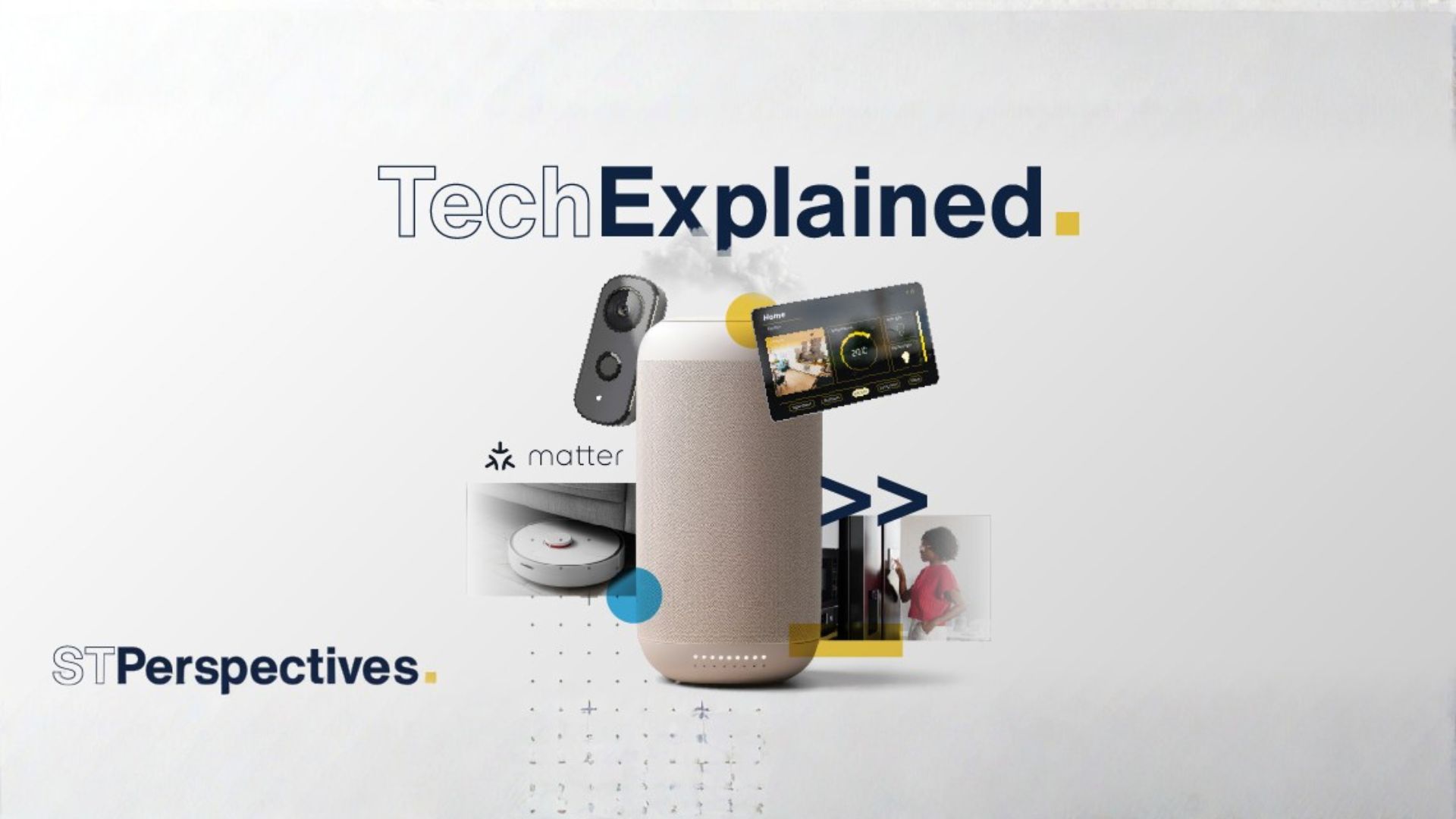Smart homes have come a long way from motion-sensing lights and programmable thermostats. These days, a surge of devices that are smaller, lighter, faster and more responsive are becoming more integrated into our daily lives.
As the number of disparate, disconnected devices around the home seems to be multiplying, it’s leading to a fragmentation of the smart home – where each device is speaking its own language, using its own app and rarely playing well with others.
That’s where Matter comes in.
What is Matter?
Matter is a universal, open-source connectivity standard for smart homes and Internet of Things (IOT) devices, a protocol built to ensure seamless interoperability between products from different manufacturers. Developed by the Connectivity Standards Alliance (CSA), it is backed by many of the global tech giants including Microsoft, Apple, Amazon and Samsung, to name a few. Matter is designed to unify how smart devices communicate with each other, regardless of brand.
Matter runs over Internet Protocol (IP). This is the same foundation as the internet and supports both Wifi and Thread (a low power-mesh networking protocol). By using IP, Matter doesn’t reinvent the wheel – it builds on a widely-used, proven foundation to promote scalability and security.
This infographic explains exactly how Matter works and the benefits it offers to consumers:
A ‘Matter’ of Momentum
Matter may not be a household name yet, but it’s already redefining how smart devices talk to one another. As adoption grows, Matter promises to make the smart home and smart spaces more unified, intuitive, and secure.
From a semiconductor perspective: it’s not just a software protocol; it’s a hardware imperative. Matter brings new challenges and new opportunities, forcing the industry to evolve in support of truly connected, scalable systems.
So why does it Matter? Because finally, your smart home is learning to speak with one voice.

